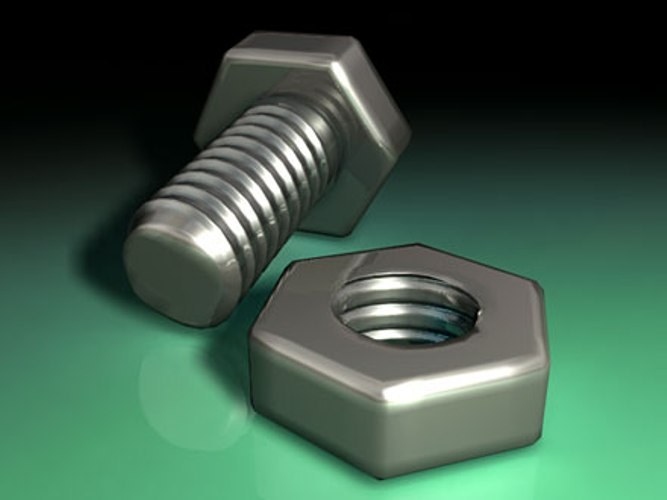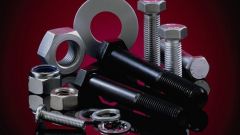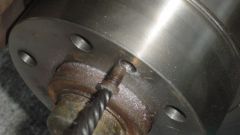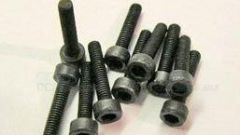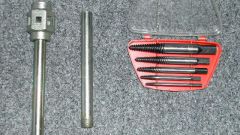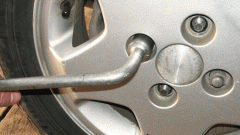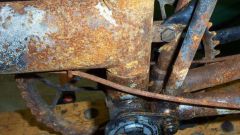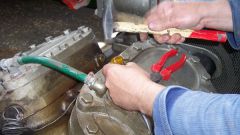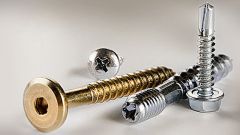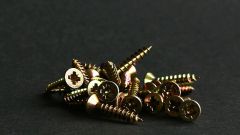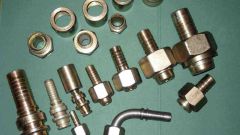You will need
- - metal brush;
- - liquid WD-40;
- - compression key;
- - the wrench;
- - chisel;
- - a hammer.
Instruction
1
To save yourself from dubious pleasure remove stripped nuts or bolts, it is necessary to exercise prudence. If you took a wrench and found that the fastener has primieval the first time can not be exposed to tool, do not exert too much effort, and you should stop.
2
First, clear the protruding end of the threaded connections with a wire brush. Then apply to place the thread in a few drops of kerosene or, even better, a special liquid WD-40. Wait 10-15 minutes or even a little more, and then try again to Unscrew the nut. Best use is not regular open-end wrench, and a cap.
3
If the nut and now can not be, try to make the inverse effect, i.e. make attempt to loosely install the nut, not loosen it. In most cases, these steps allow you to remove the fastener, not bringing work to deal with stripped threads or damaged faces of the nut.
4
If the flange nut was damaged, use for loosening again, a swivel key or a detachable head. Lightly knock the nut with a hammer, trying not to make too strong attacks.
5
If no results, use an adjustable wrench or small vise. Wrap the jaws of the instrument around the deformed nut and rotate first in the direction of nut tightening, and then in the opposite direction.
6
In a particularly complex case, use for unscrewing stripped nut chisel and hammer. Put the chisel to the nut at a slight angle and gently punches try to move the fastener in the direction of loosening (counter-clockwise).
7
If none of the methods can move the nut with the space, it is necessary to take extreme measures: cut nut strong hammer blows on the chisel to split it apart. In this case, it is likely you will be able to separate the connection, but then have to change the whole mounting (nut and bolt).
